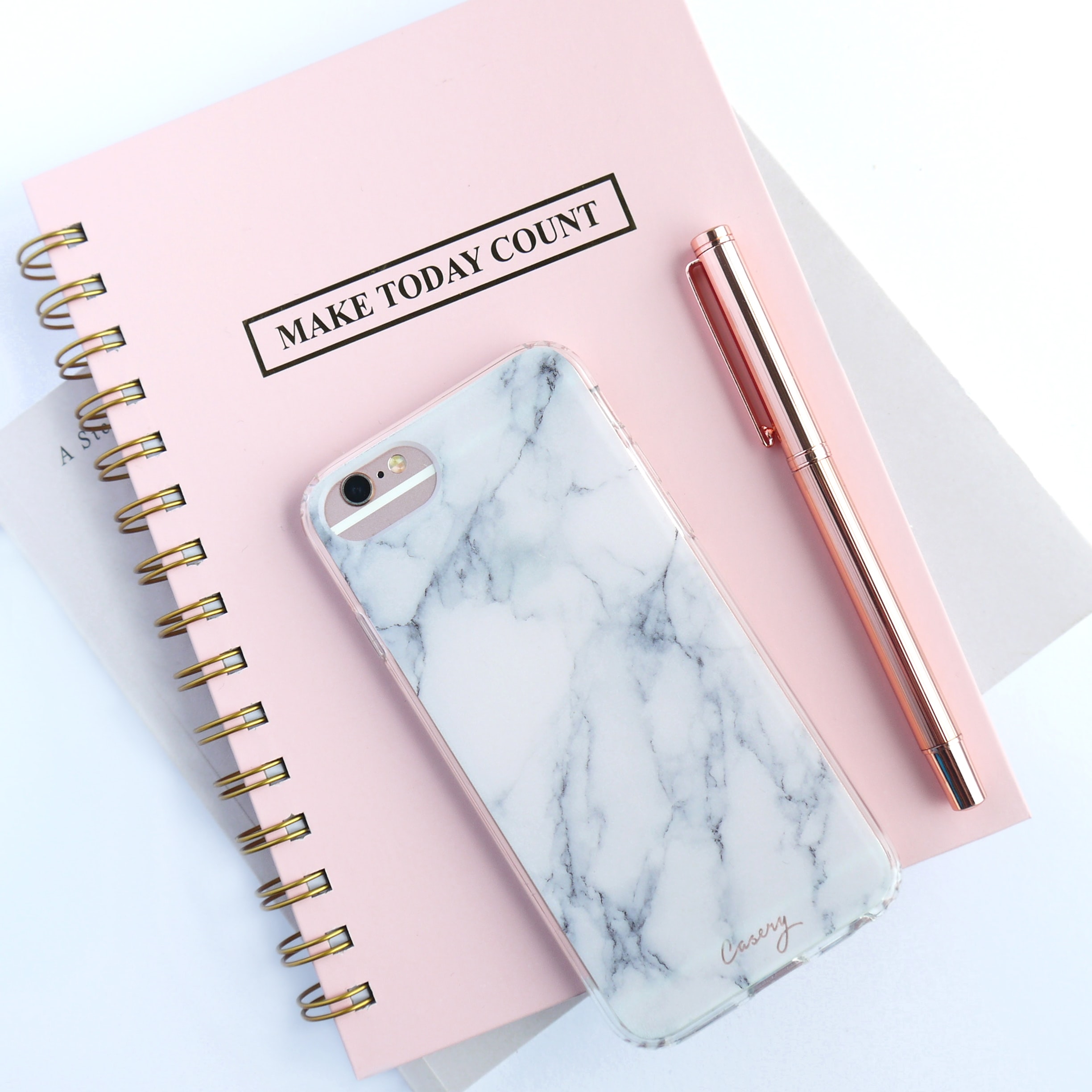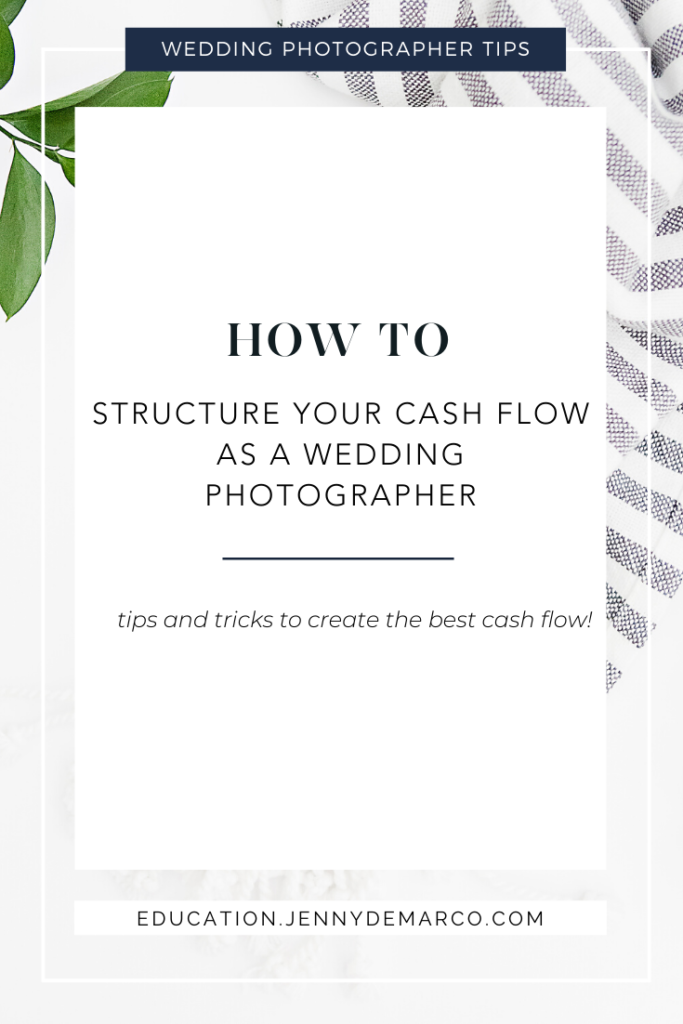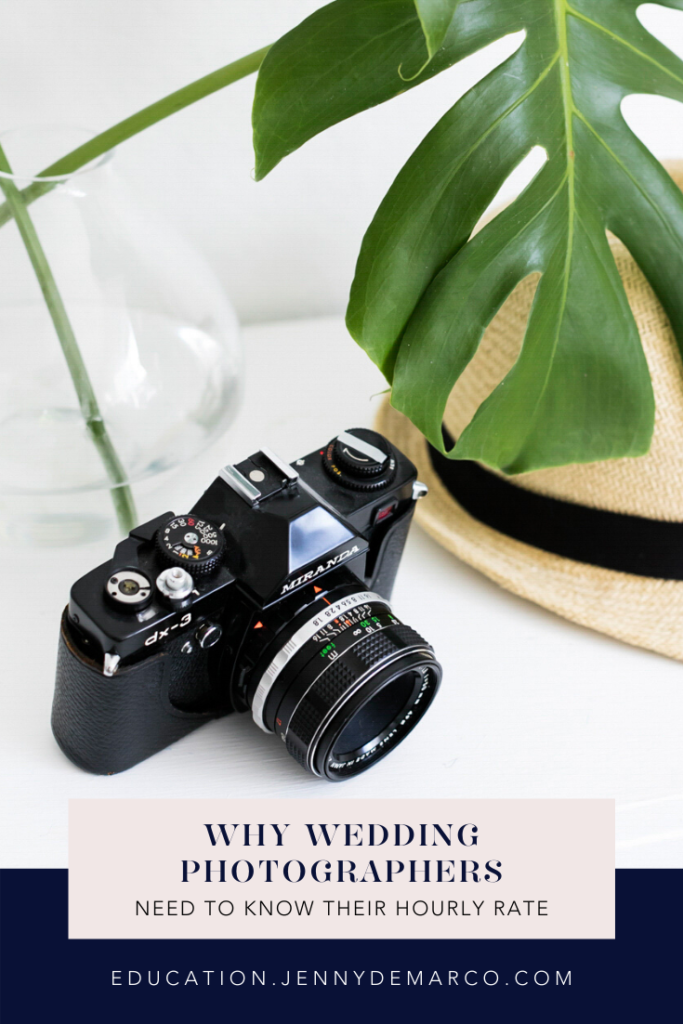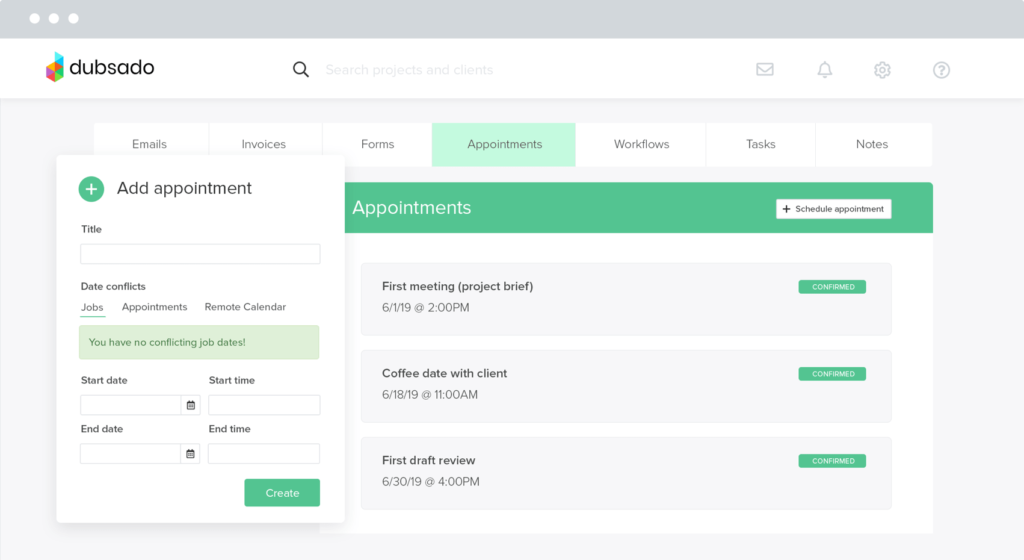
Let’s face it… a big challenge in the wedding business is that there is a wedding season. It can be feast or famine depending on how compact your season is. Some seasons you may be booked every weekend, while others you might go weeks without a wedding or event. This can cause stress on you business finances, and your cash flow.
One of the ways you can help manage your cash flow a bit better, and make these mountains and valleys seem like gentle rolling hills? Break your payments up more.
Have more than two payments.
Most photographers require two payments – a retainer (either a set amount or 50% of the package) and a final payment before the shoot day. But what if you could just add even just one more payment in between to break this up a bit more. Wouldn’t that help your cash flow quite a bit?
I recommend for weddings more than 9 months out, you take 3 or 4 payments. I personally love 4 payments. But I realize sometimes that is a lot of check writing for a client so I always give them the option. This way you get a few checks in the off-season months. This can also give your client more time to save the money needed to pay, and help ease their wedding budget.
In addition – It’s actually better for both you and your client. Why? It reduces the risk to both of you in case of a cancelation. Have you ever had a client cancel their wedding right before that second payment was due…hurts right? Well, it won’t be so bad if you are only collecting the last 25%. By having more payments, you are able to feel less of the burden if they do cancel.

Spread out your payments to ease slow seasons, and help cash flow.
You can also spread out the payments as needed. This is a great way to have payments due during your slow season, so you are still collecting money when you are not photographing. You could have one payment due at the time of booking, another due in January or February (when you are slow!) And the last due 3 weeks prior to the wedding.
I personally do 4 payments. 25% retainer, 25% due six months out, 25% due 3 months out and last payment is due 30 days out. Each payment is considered non-refundable. This allows the client to pay off their larger expenses in smaller increments and protects me from a canceled wedding.

Read More

Do you know your hourly rate?
No…not the hourly rate to your client…your real hourly rate. The amount of money made divided by the real amount of hours worked. Those hours late at night, those hours on weekends, the hours you spent working on your business. That rate. That number is hugely powerful to know for two big reasons.
Determine your hourly rate.
First, knowing your hourly rate can help you determine what to charge for a product or service. The easiest example is an hour shooting. The time involved includes the hours prepping plus the hours editing etc. It is more than just showing up for the shoot – it is all of the hours before and after!
Another example are albums. Creating albums for clients is not just about the price of the book itself, but all of the design time, time to make changes, and time to prep the order, as well as managing it.

Make better business decisions.
Perhaps the most important reason to know your hourly rate is that it can help you make important business decisions. And the biggest decision is helping you decide what tasks are worth your time, and what you should outsource.
For example, let’s just say conservatively you want to make $60k a year. And let’s say you are giving yourself 2 weeks vacation and working 40 hours a week. That is $30 an hour. Then, if you can outsource a task for much less than that, you might want to think about it. Or if you can hire an assistant for $15/hr.
$60,000/yr ÷ 50 weeks/yr ÷ 40 hours/week = $30/hour
The other day I needed some simple graphic design work to be done. It would probably take me an hour to figure out and do myself. But I could go onto a site like Fiverr and get it done for $5 then. That makes it totally worth it!
The big outsourcing tasks for me is outsourcing the bulk of the editing for wedding photos. It’s a task that takes me way too long, and I am not the best at large batch editing. I am better at putting final touches on a photo. So that is where I choose to spend my time. By hiring someone to do a bulk of the editing, I am able to save hours of time, and use that in other places of my business. It is important to start looking at what you love to do, and what is taking you too much time.
And keep in mind, this doesn’t just have to be items in your business! I have hired someone to help with household items, like laundry. It is not worth my time to fold laundry for hours every week! So I have outsourced that task, so I can spend more time working or enjoying family time.
The bottom line.
As a bottom line, if you want to make $100K a year, then your hourly rate needs to be at least $50 per hour. This will allow you to have room to cover expenses and outside costs that might be associated with each wedding (gifts, editing, hiring a virtual assistant, etc.)
By taking the time to look at your numbers, and figure out the correct hourly rate, you are able to set up your business for success – and profit! It will also let you set goals for your business, and give you a clear understanding of how many weddings you need to book every year, and at what price.

Read More

Want to know what is my most recommended and valuable software you need in your business? CRM’s! (Client Resource Management) Believe me, a few of my friends have set these up kicking and screaming…complaining the whole way. But boy, has it made a HUGE difference. Trust me on this.

If you haven’t heard of a CRM, its the one spot where you bring your clients from the very beginning of their initial contact with you all the way to the very end and last product deliverable. It’s incredibly powerful and useful.
How do you know if you need one? I recommend if you have more than 10 weddings a year or 20 portrait clients, then the pay off is undoubtedly there. And these days you can get a CRM for less than $20 a month.
Here is a breakdown of what most CRM’s can do for your business:
1. A good CRM will help you keep track of your new potential clients and enables you to walk through the steps for following up and then booking those clients online and getting your retainers paid.
2. Automatic invoicing – This was the game-changer for me. Do you often ask yourself, “I don’t know when Ben and Sally owe their third payment?” You can set these systems up to automatically send out invoice reminders to your clients and keep bugging them until its paid (we all need gentle nudges in our busy lives). 1 and 2 alone were enough for me to adopt a CRM early on in my business.
3. Questionnaires – Most industry-focused CRMs let you set up questionnaires for your client. And guess what! You can set it up to send them out automatically or remind you to send them out at a certain point before their wedding. Way to keep on top of that!
4. Keep all your email correspondence with each wedding. Not every CRM has email integrations, but some do. So you can easily have ONE place to find every email back and forth with that client.
5. Workflow checklists – How this function is different for each CRM. So it’s worth researching finding which one suits you. And this was a big reason I chose one CRM over another. But for the most part – you can set each step by step process you go through in your workflow and have a way to check off tasks and see where you are in the processes.
6. And finally – the BIGGIE! Financials and Cashflow. Remember how the CRMs keeps track of invoices and payments. Well….that turns out to be VERY valuable data. Your CRM can tell you how much money you can expect to come in each month for the next 12 months. So hey…January is looking a bit dry…maybe I need to watch my spending or try to bring in some more revenue that month, perhaps photograph that corporate white party 🙂
Top 3 CRM systems
There are lots of CRMs out there – they exist along lots of different industries (not just photography!). Here is a list of my top 3!
Tave’ – This is what I use and love! It’s very robust. Susan Stripling uses Tave’.

17 Hats – This is what several of my colleagues use, and I have recommended it to them. It’s a little easier on the eyes and intuitive.

Dubsado – Also used by a few acquaintances who seem to love it as well.


